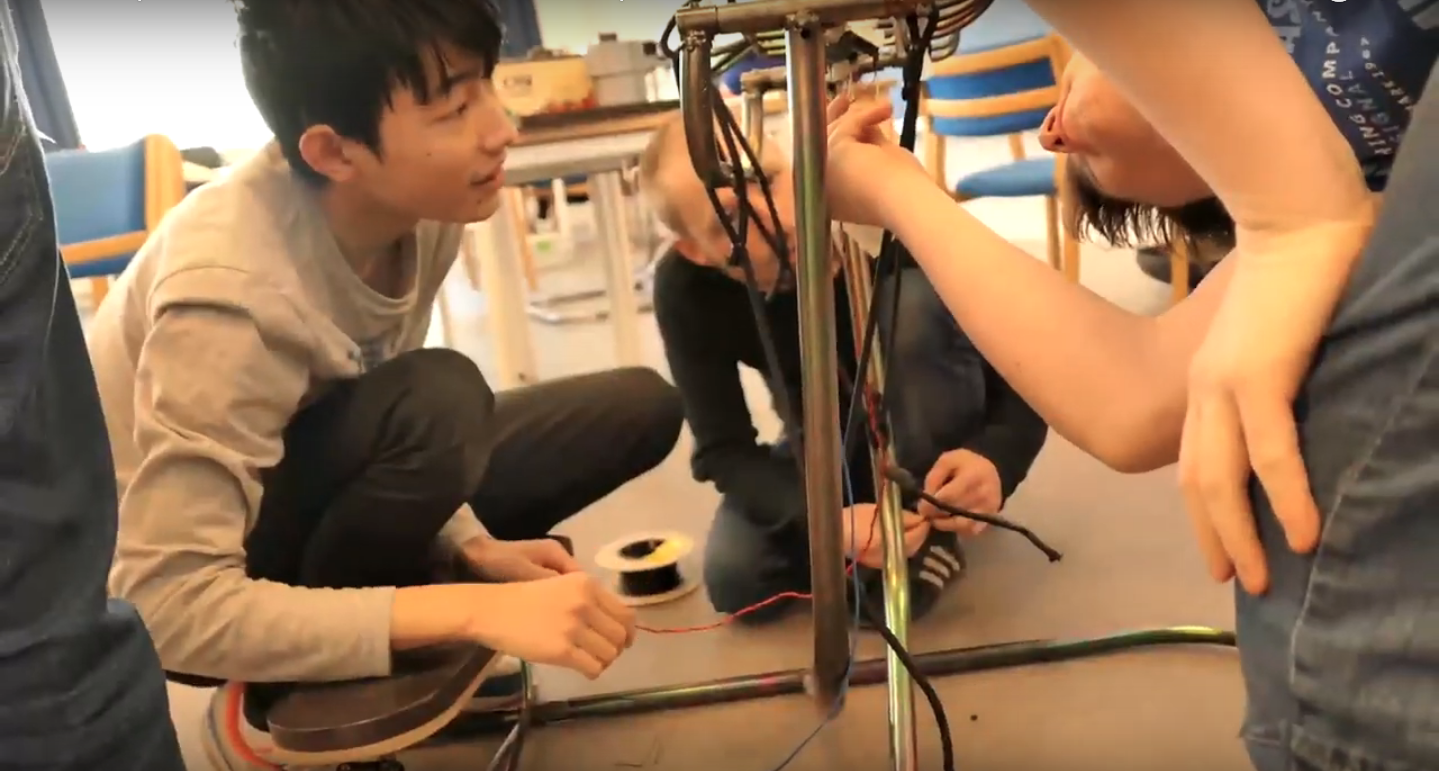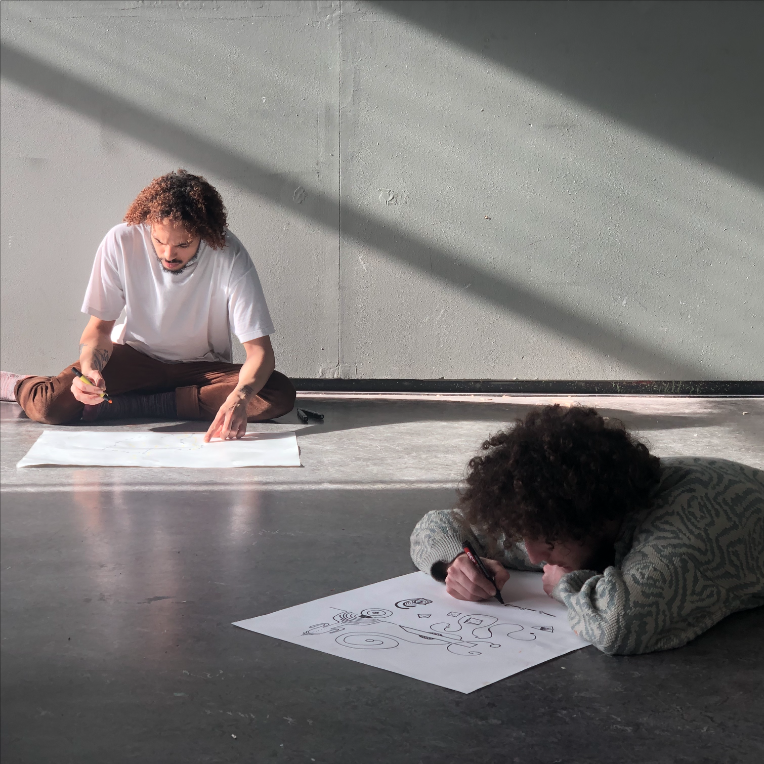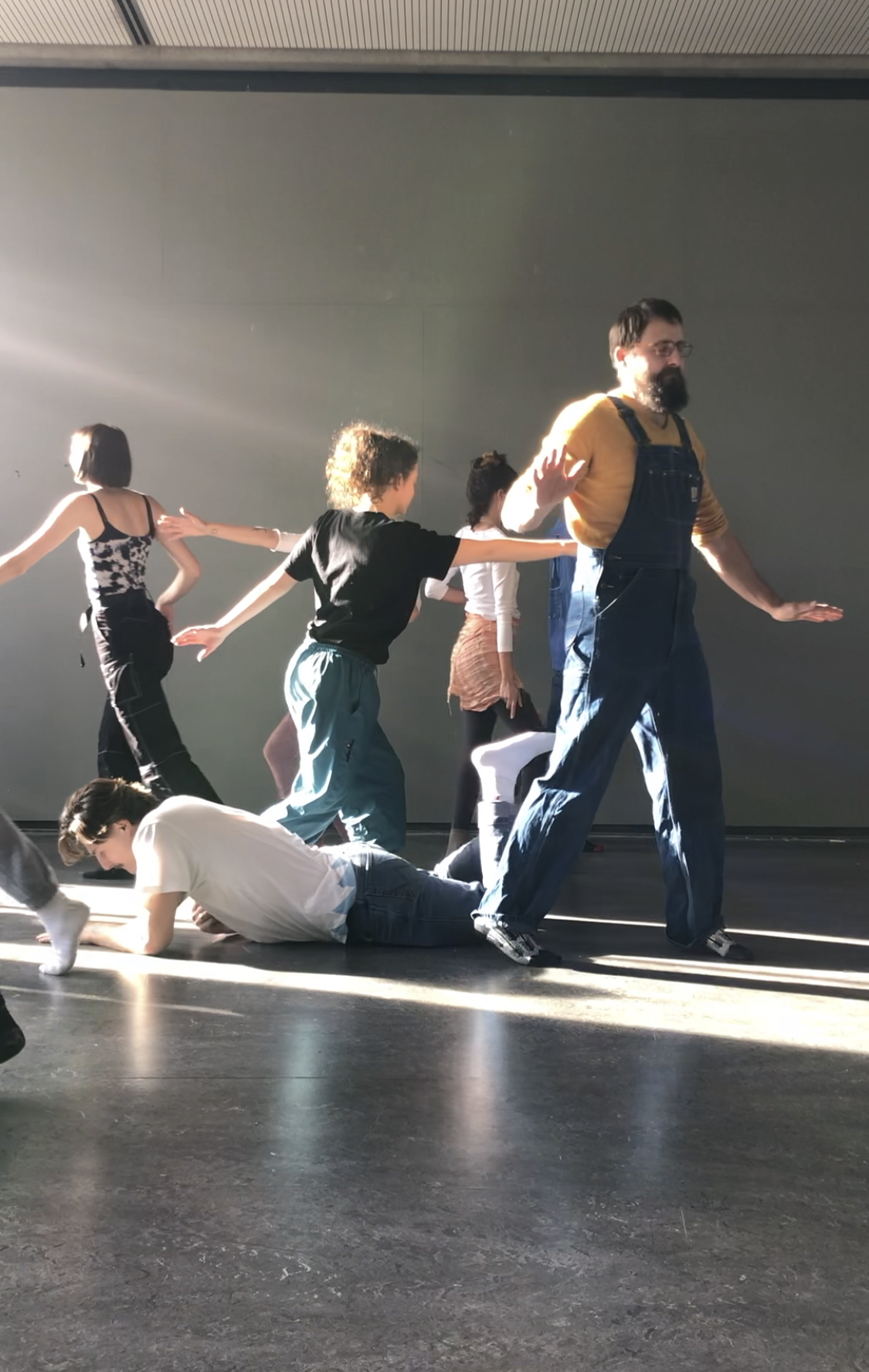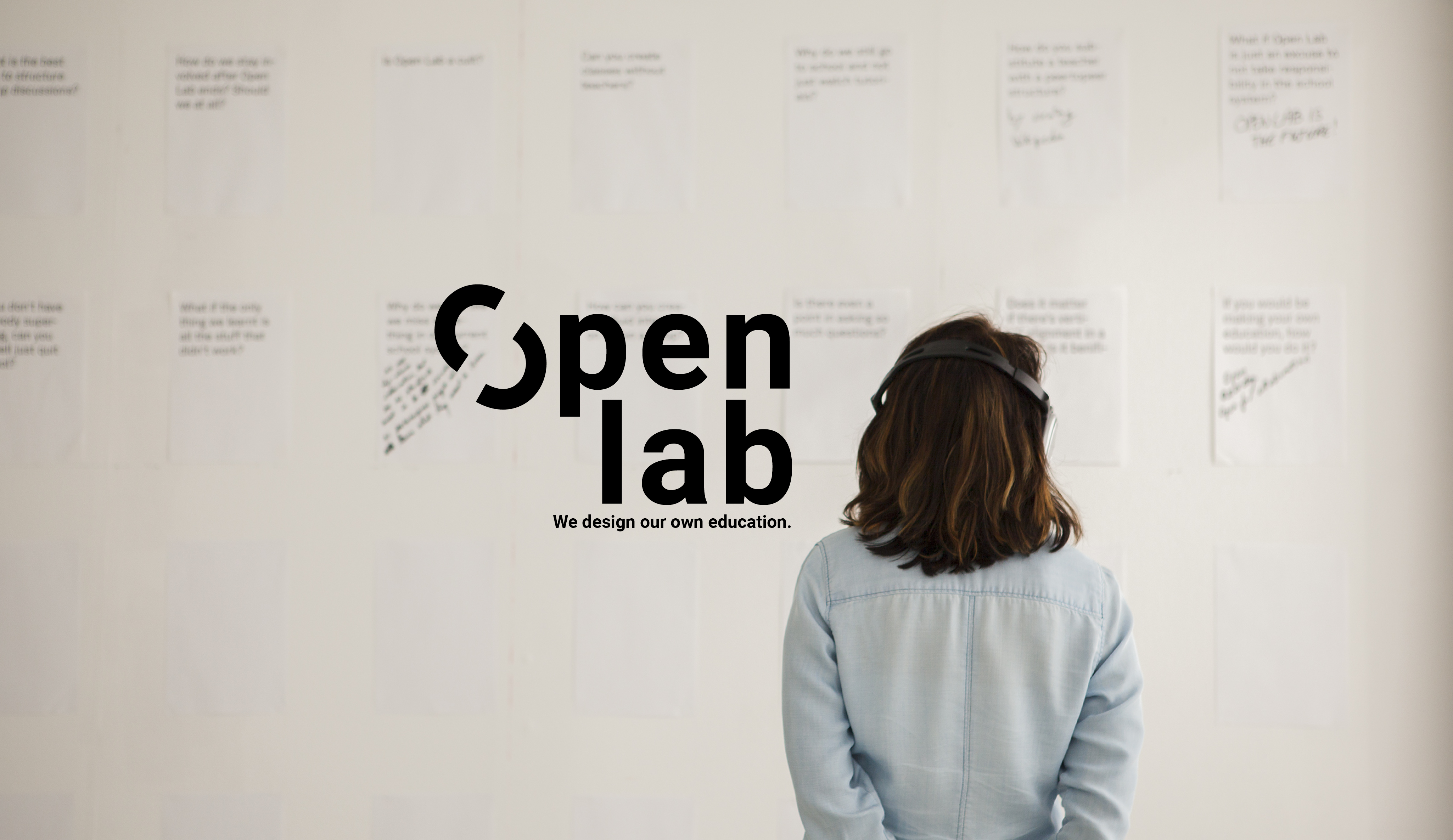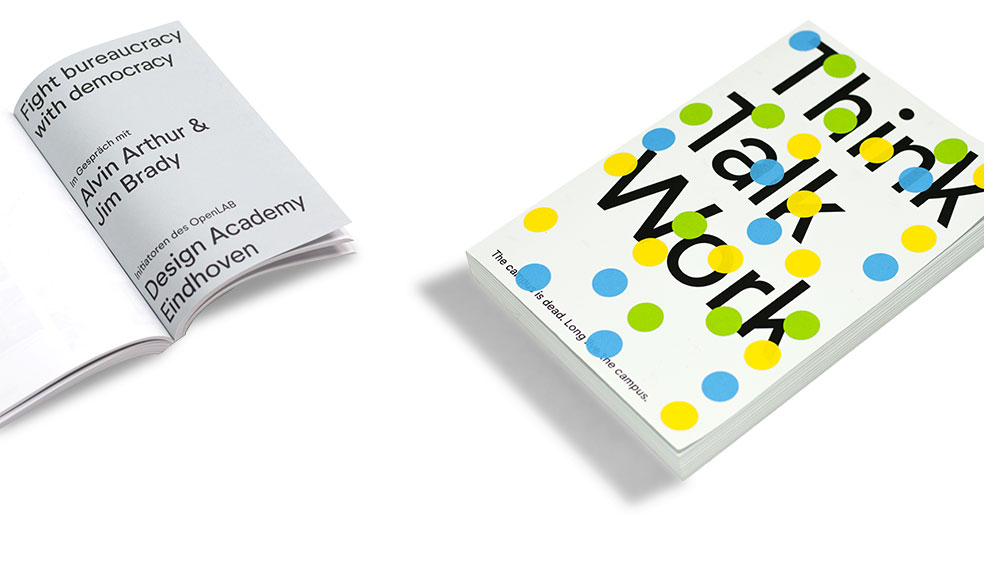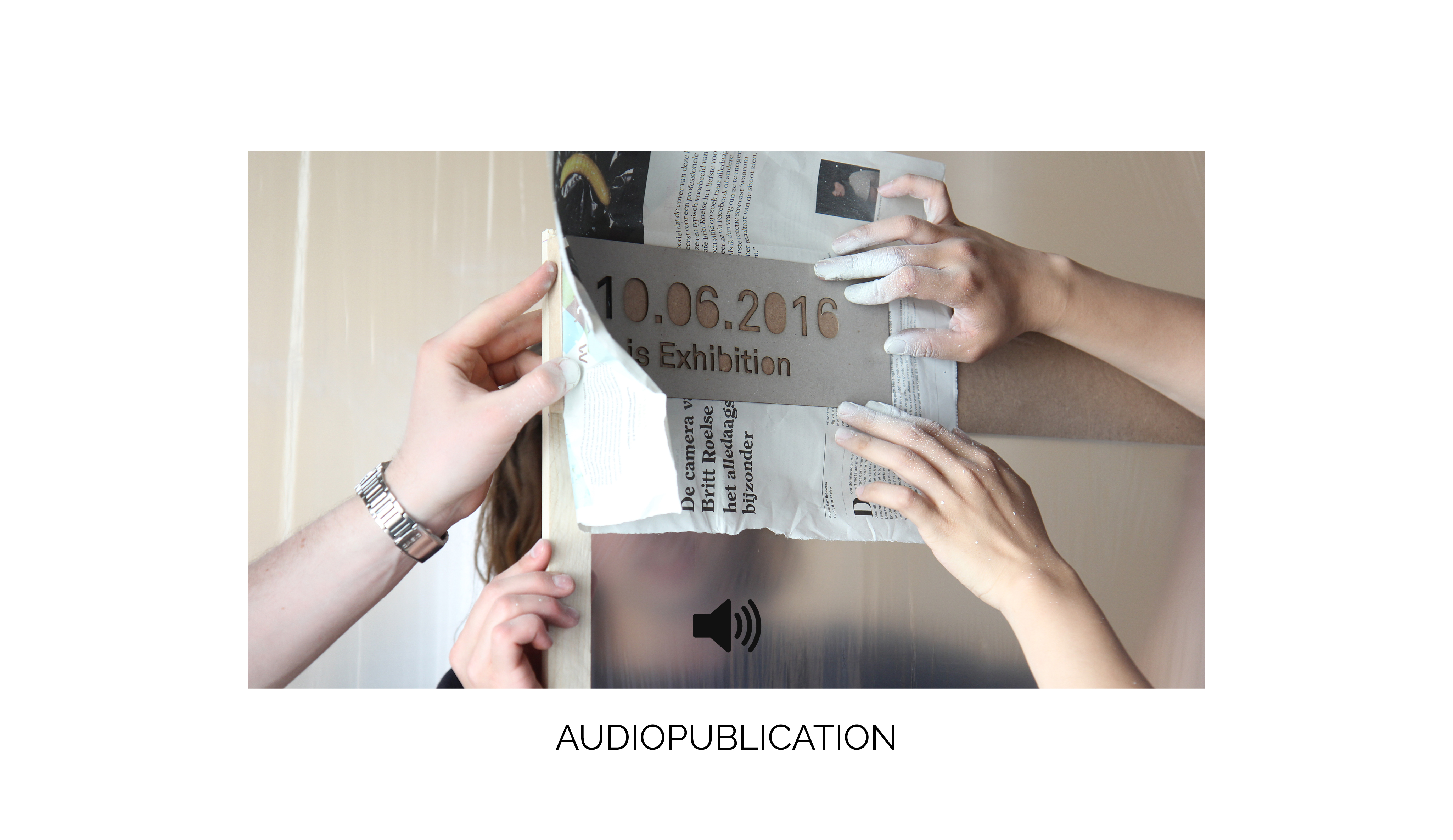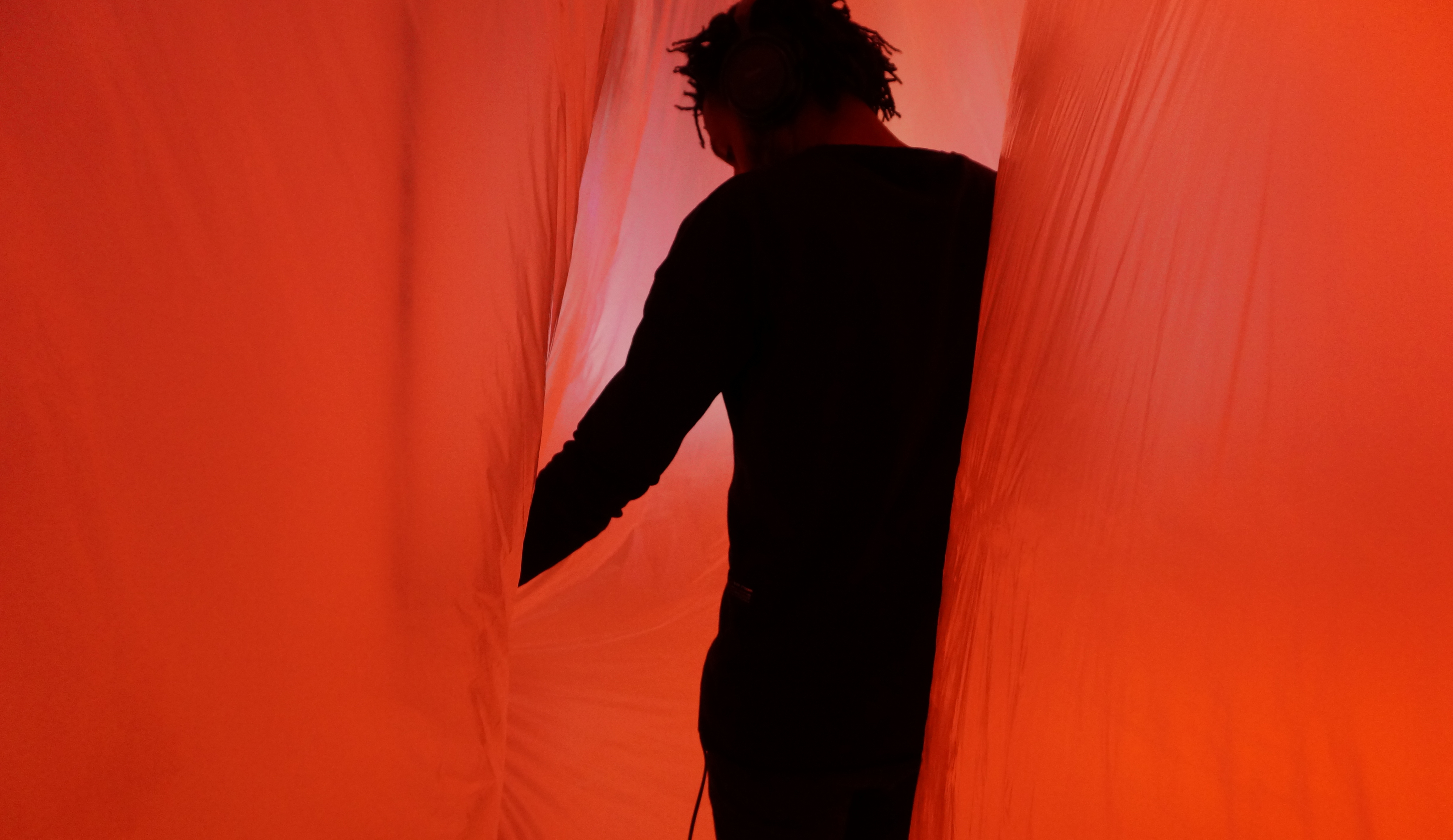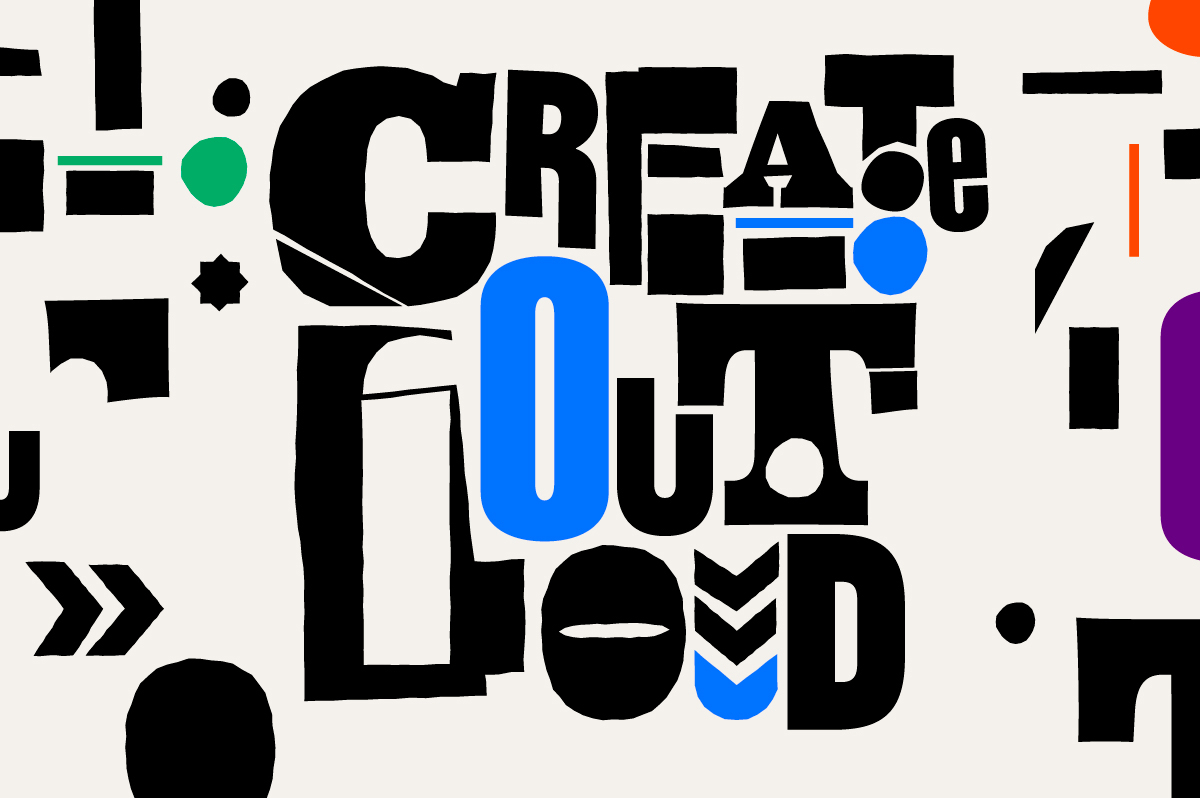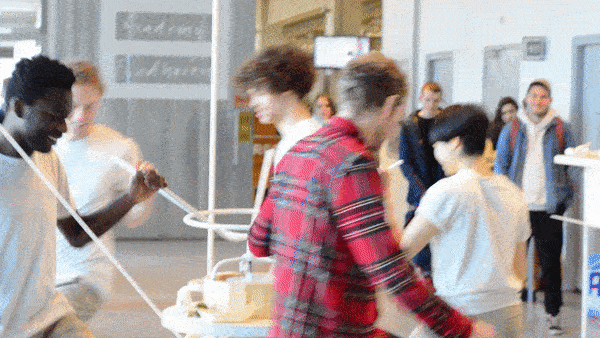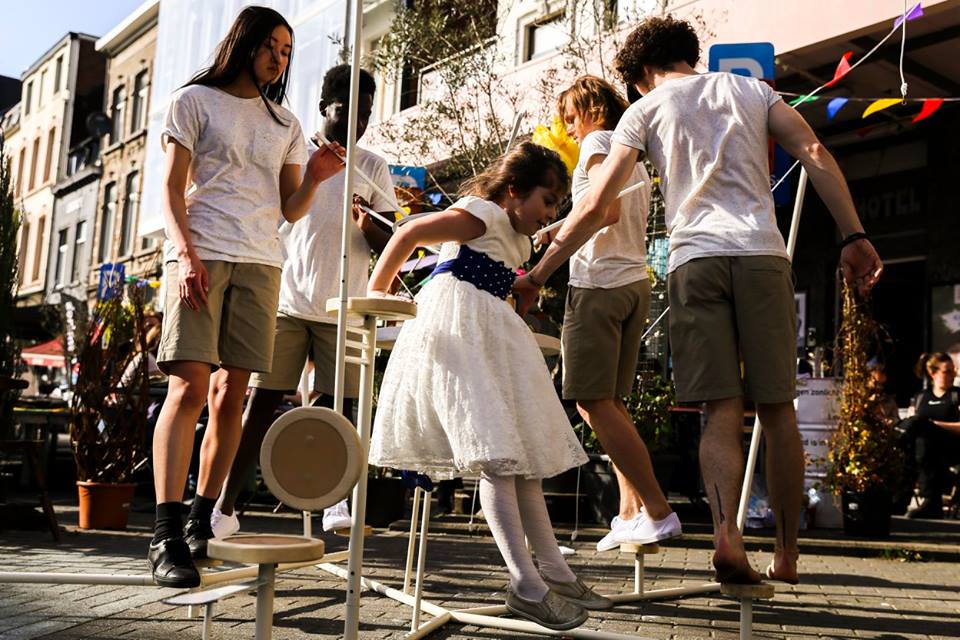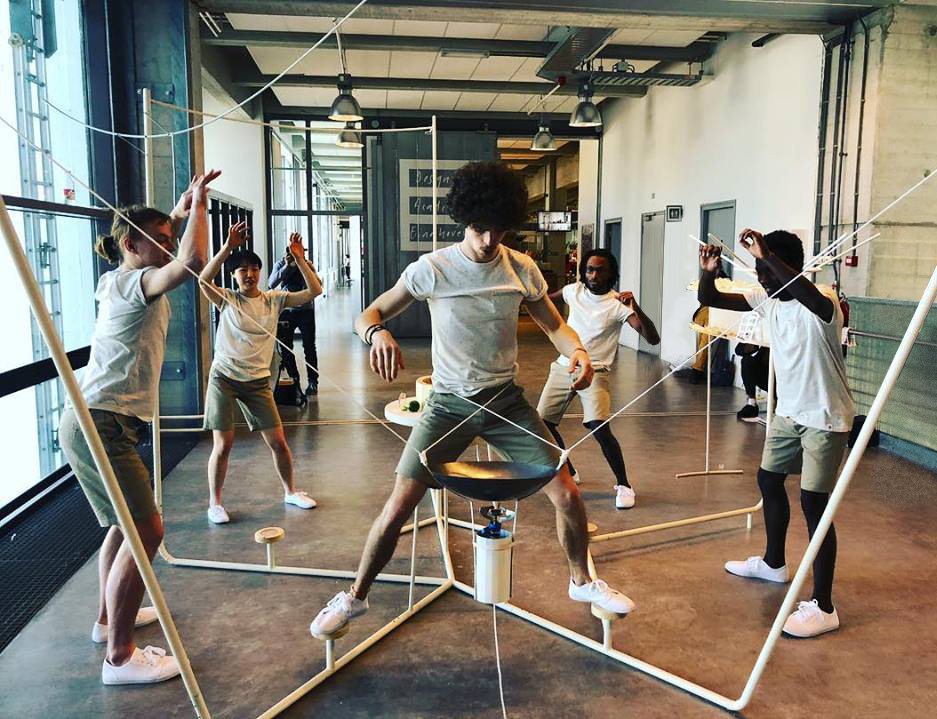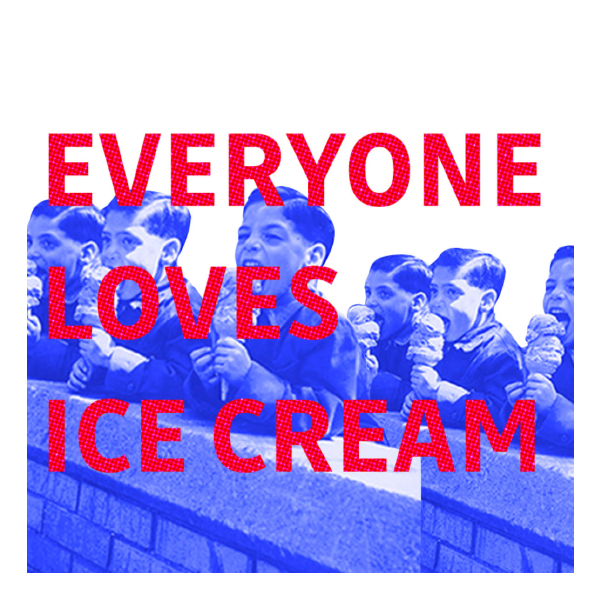
Body.coding is a series of translations of type based programming languages into body motion based programming languages. An ensemble of choreographed body movements and gestures that enables people to program and code in collaboration with others. Its first chapters are body.processing and body.html.
Programming is a skill that is increasingly required in the working world, but the only people who seem capable of doing it are those who can sit staring at a screen for hours. It is a physically lonely and static task. I make it a collaborative and active task, using programming language environments, Labanotation principles and tracking technology.



In that sense, someone fairly new to programming can — simultaneously — visually and kinetically learn to program. It involves both kinetic and visual memory.
where designers, dancers, and programmers are coming together to make it happen.
Body.coding is also an educative program that is brought to different institutions in order for learners to get sensitized to digital creation by movement.
From 6-9 years old kids, to primary school teachers, high school teenagers, art and design academies, body.coding proves to relate to most people eager to learn since digitization is impacting most of our contemporary lifestyle.
“ Typing is a process that discriminates most people when it comes to programming. Though, the latter is fun, and more and more relevant in a digitizing era. ”
“ Somaesthetics are not only for the Arts. They anchor meaning into one of our most basic abilities and needs : moving. ”
“ Learn programming by moving
your body. Literally. ”
“ At some point,
I've gotten frustrated staring at a screen while sitting on a chair, for hours. ”
“ Revival of pair programming. Body.processing is a dialogue. ”
“ Understanding the principles of precisely coded body motion potentially allows programmers to envision how the body can be used in their own discipline, which is also code based.
It’s important that both worlds agree upon their expectations on language precision and flow. ”
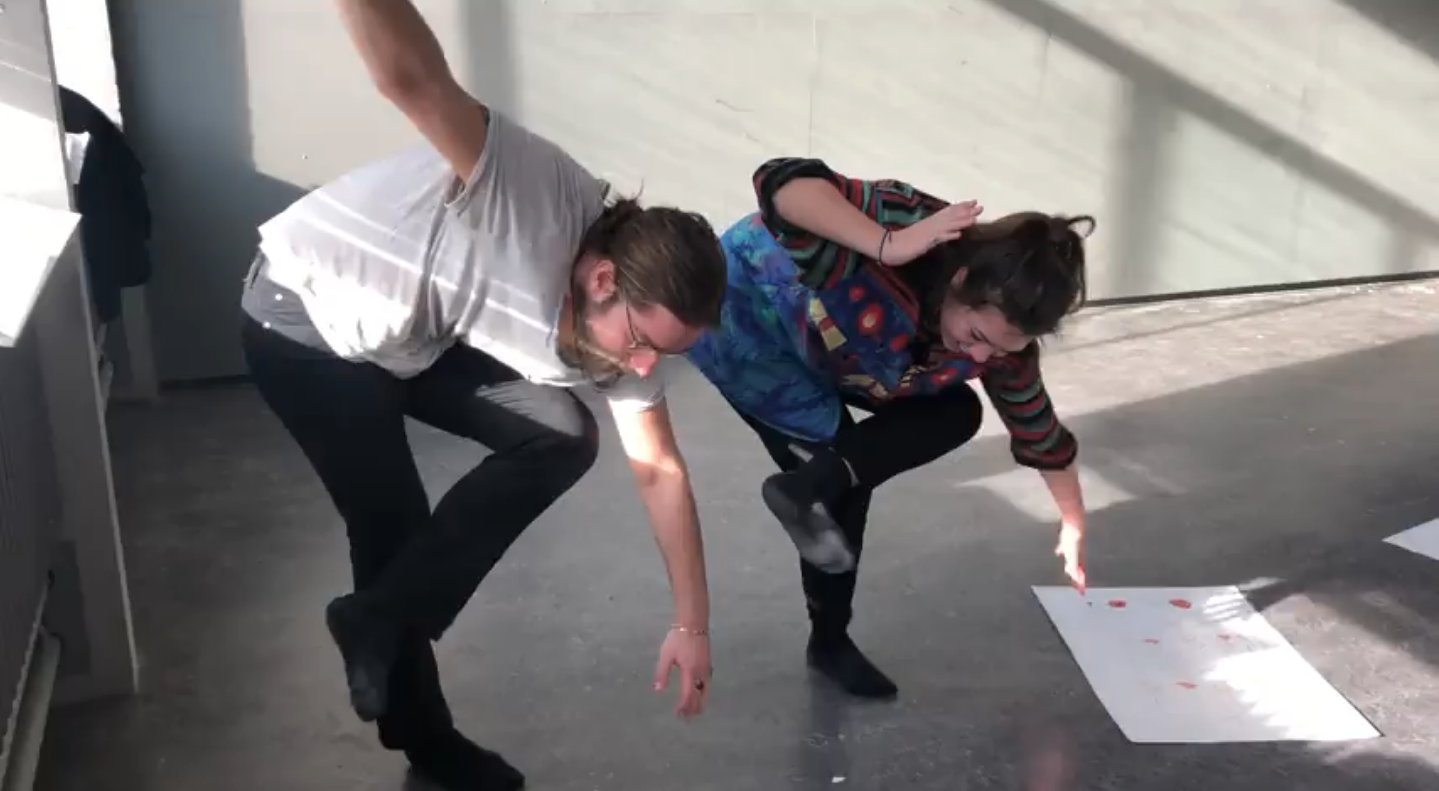



Credits
#kinaesthetics #programming #futureoflearning #futureofwork
In collaboration with —
• Naoto Hiéda (machine learning developer)
• Hiroshi Matoba (front-end developer)
• Jing Wang (popping dancer)
• Alesya Dobysh (house dancer)
Concept & Direction — Alvin Arthur
Special thanks to —
Nicky Liebregts, Matthieu Leventis, MU Artspace, Simon Bus, Lionel Fabert, Ofer Kan Tor, Floor Hofman, Yen An Chen, Willem Van Hoff.
